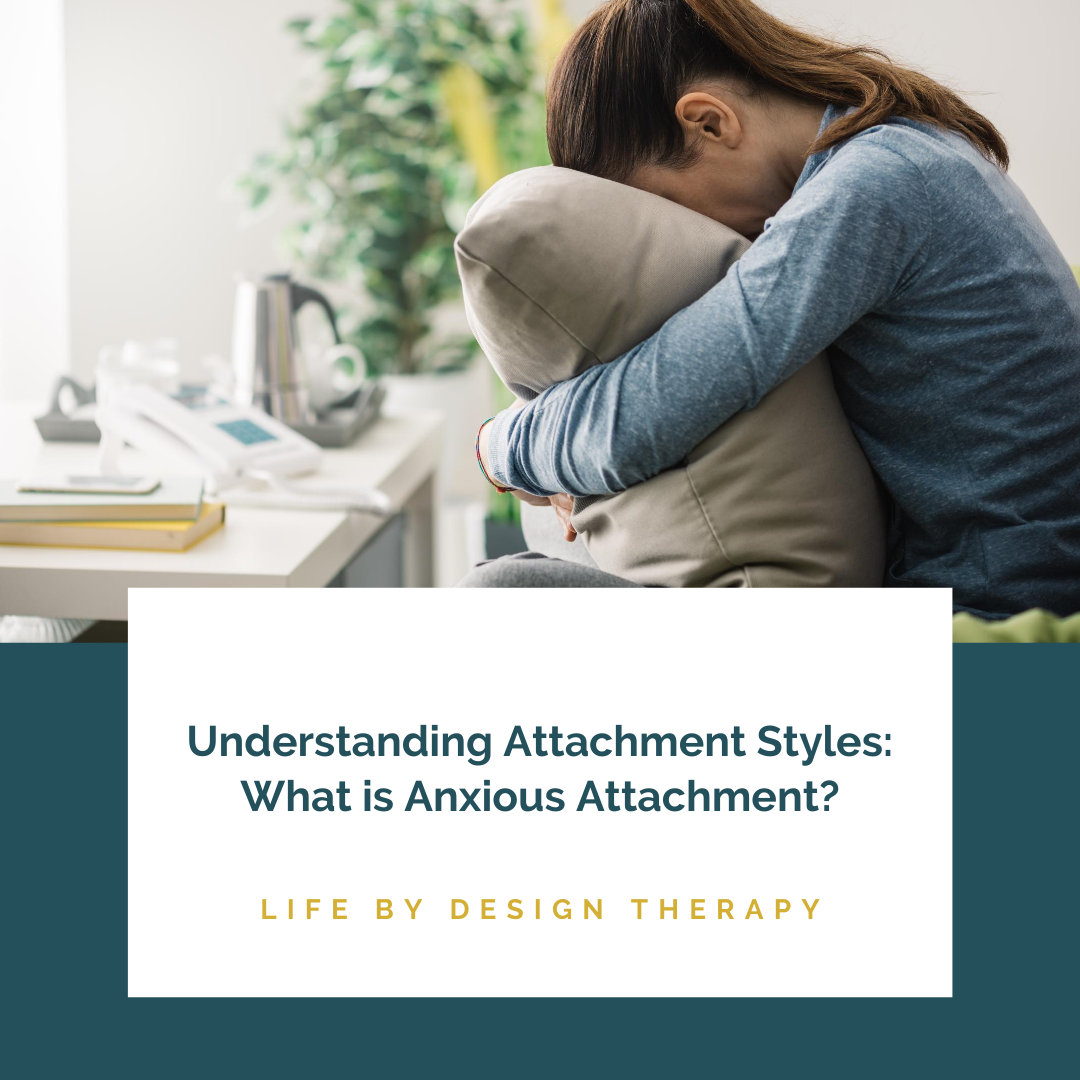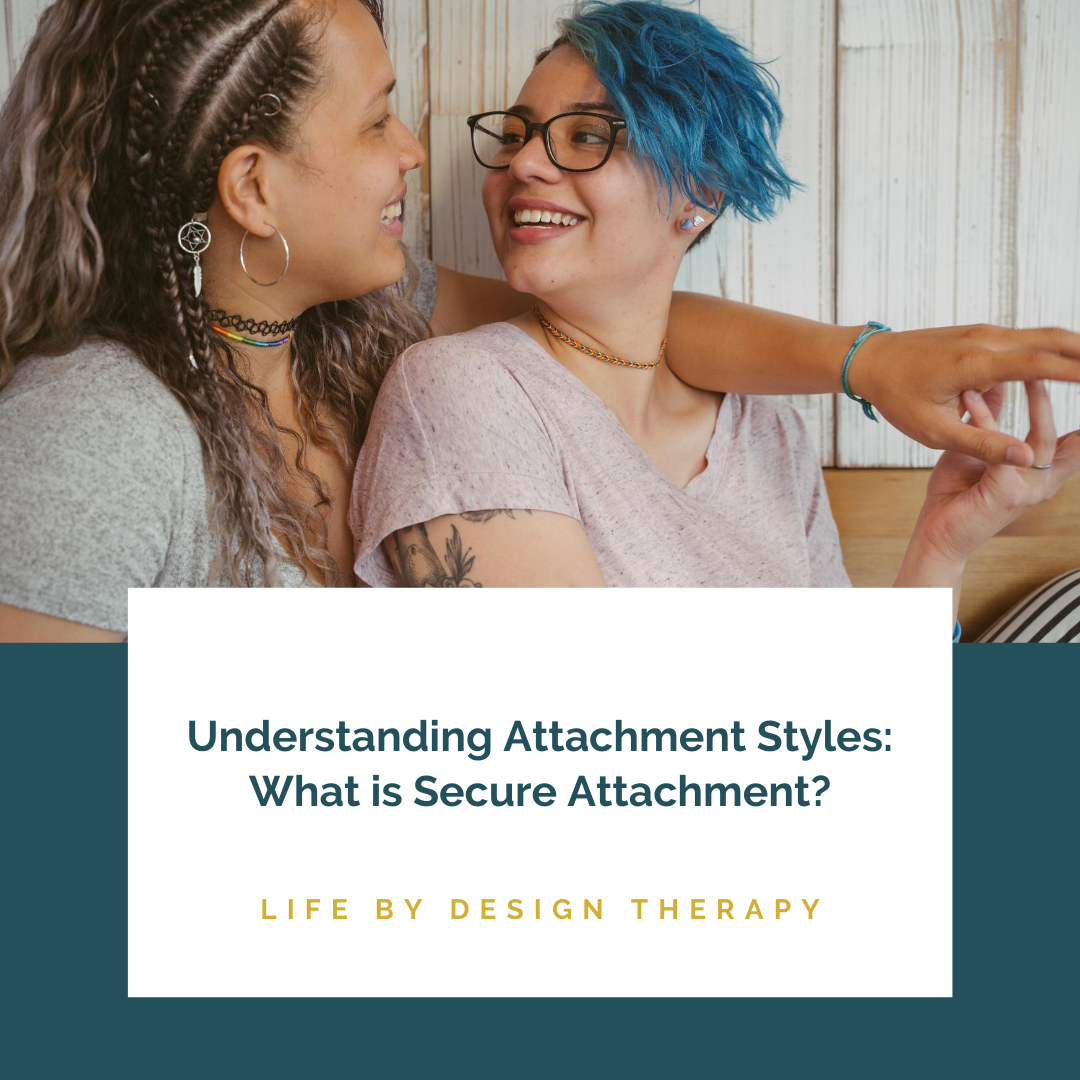by Melody Wright, LMFT
In many places, the winter months bring gloomier weather and less daylight hours compared to the weather and sunlight we get during the spring and summer months. These seasonal changes can lead to a type of depression called “Seasonal Affective Disorder.” Seasonal Affective Disorder, or SAD, usually presents itself during the Fall and continues into the Winter months. SAD symptoms include having low energy, experiencing problems with sleep, having changes in your appetite, and feeling depressed for most of the day almost every day.
If you’ve experienced Seasonal Affective Disorder in the past, or are currently experiencing SAD-related symptoms, here are some tips to help you prepare for this winter:
Plan some mood boosting activities.
Whether you want to start a new yoga class or are long overdue for a group outing with friends, planning some activities for the Winter season can help you get ahead of the SAD symptoms. Focus on activities that you are comfortable with and usually put you in a good mood -- this will help avoid stressors that come with planning something you have not done before or aren’t sure about doing.
Try aromatherapy.
Aromatherapy uses aromatic materials, like essential oils, to help improve your physical and emotional health. Scents like vanilla, jasmine, or sandalwood can help improve your mood and are available as an essential oil or candle. If you notice that certain scents help improve your mood, consider purchasing a diffuser or scented candle and setting it up in a space that you currently use to relax or unwind like a reading corner.
Consider using a light box.
Some people benefit from using a light therapy box that mimics outdoor light. The light has an effect on the brain chemicals that are linked to mood and sleep, which can have a positive impact on SAD symptoms.
Catch all the sunshine that you can.
While the winter months can limit the amount of sunshine that we usually get, making the most out of the hours when there is sunlight can help improve your mood and overall SAD symptoms. If you’re currently working from home, consider setting up your workspace near a window or right outside your balcony to catch some rays. Taking early morning walks can also help you get some sunlight as well as endorphins from the exercise. The increased sunlight and the endorphins should help improve your mood.
Take some time off.
If you’re able to take some time off of work during the winter due to the holidays, this could be a great opportunity to focus on your self-care. If it’s possible and within your budget, it may also be a great time to travel to a place that gets more sunshine or take this opportunity to visit family or friends. Whether you’re able to take time off to focus on your self-care or travel to visit loved ones, both activities are great opportunities to help you recharge.
Talk to a doctor or therapist.
Depending on the severity or consistency of your symptoms, it may be time to see your doctor or schedule an appointment with a therapist. A doctor or therapist is able to tailor solutions that are based on your individual health and lifestyle if you are experiencing severe Seasonal Affective Disorder symptoms.
If you’ve experienced Seasonal Affective Disorder in the past, or have recently begun experiencing SAD-related symptoms, there are things you can do to help prepare for the upcoming winter season. Implementing mood boosting activities or routines can help enjoy your winter days to the fullest.
Therapy can be a great part of your routine care and we encourage that you prioritize speaking with a professional if you notice that you have felt unmotivated or hopeless for a long period of time. Life by Design Therapy offers therapy and excellent workshops facilitated by qualified professionals to help you get through challenging times. Book a phone consultation today for more information and to help get you connected to additional support.


































































